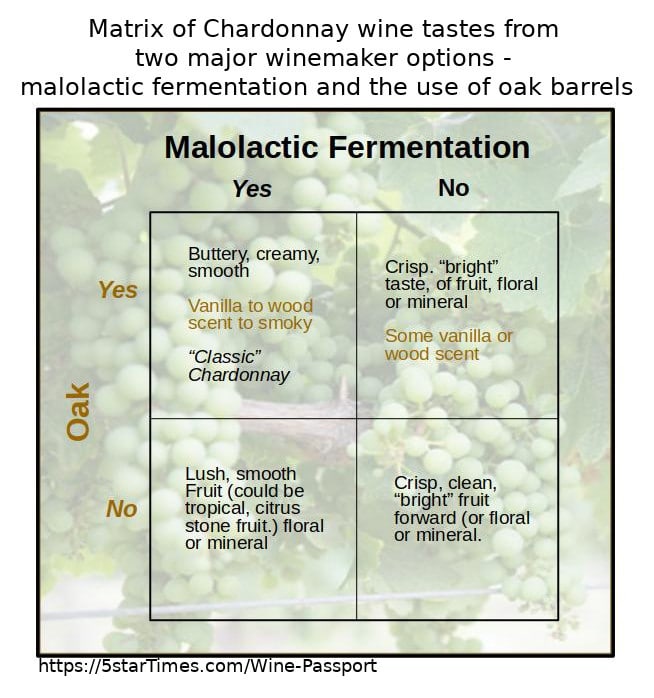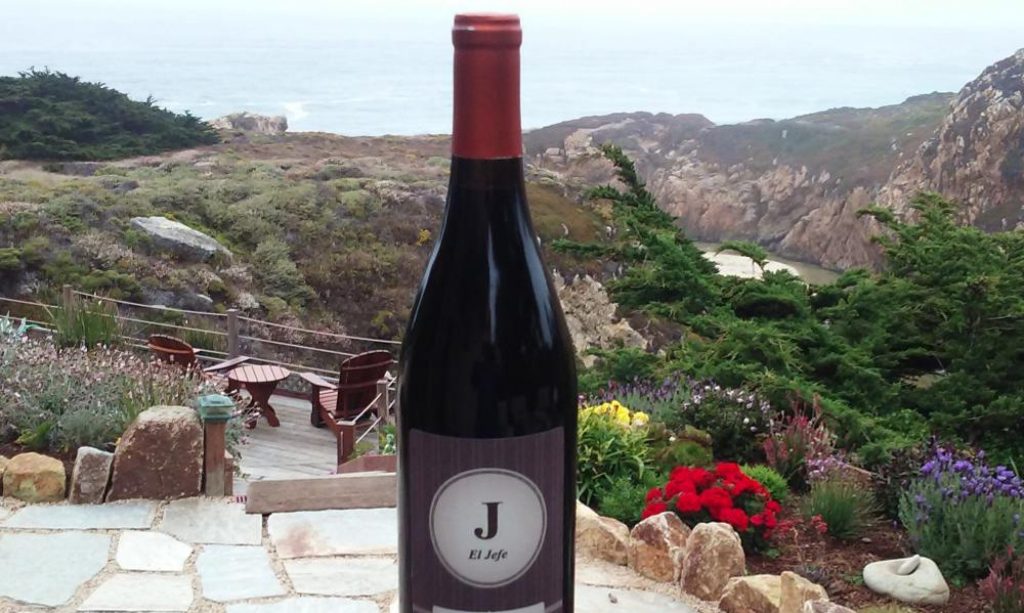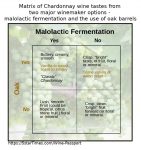Out tasting wine? You might want some cliff notes to talk intelligently about the winery’s Chardonnay wine taste. With some good listening skills and this little overview of what to look for, you’ve got this! 🙂
What should Chardonnay Wine Taste Like?
Simple answer: A LOT depends on the winemaking technique. Listening to the wine educator (or reading the tasting notes) will help you identify some key characteristics.
Winemaker Options.
Talented winemakers are as celebrated as the top gourmet chefs, for good reason! The harvest comes in and now it’s up to the winemaker to finish the masterpiece. His tools are like the chef’s seasoning. and two of the biggest are:
- Malolactic fermentation – a second “fermentation,” but with a specialized bacteria to reduce overall acid. The process produces a lush mouth feel, sometimes described as buttery.
- Oak- winemakers can start exposing the juice to oak as early as fermentation (with barrel fermentation). Oak contact gives the wine a deeper, yellower color and imparts tastes ranging from vanilla to smokiness, depending on how heavily the oak barrels been charred. Plus, the type of oak, how often it’s been used, and of course how long the juice/wine is in contact all make a huge difference (Sounds like your bourbon tasting tour? Yes, it is.)
In the past, virtually every Chardonnay went through malolactic fermentation and had some contact with toasted French oak. The Chardonnay wine taste profile back then focused on buttery and oak attributes (vanilla, carmel all the way to smoky), and more was often seen as better.
The Chardonnay wine taste basic matrix.
Here’s my own general classification for the four different winemaking styles I see – with and without malolactic fermentation, with and without oak contact.
Not your parent’s Chardonnay.
As I mentioned, in the past, Chardonnay’s were unmistakable butter and oak bombs (except for the French style from Chablis, which is always a bright, mineral-y style). Now, winemaker’s touches also include:
- whole cluster fermentation – typically, grapes are separated from the stems before they’re juiced. Leaving the stems on during fermentation was a common, rustic practice for reds, but is in much wider use today. I usually notice a resin-like character from the stems, sometimes an interesting complement or contrast.
- Sur Lie aging (aging on the lees) – the lees are yeast particles left over after the main fermentation. As they continue to break down over the few months the wine is aging with the lees, they release small amounts of sugars and fatty acids – additional “seasonings” for the winemaker/chef! Sur lie aging is the standard for French-style sparkling wines made from chardonnay grapes, which imparts a pleasant light yeast flavor and a fuller texture. It’s a technique also used for still Chardonnays (“still” meaning not bubbly), with similar taste results.
Besides all the things the winemaker can do after harvest, so much of the Chardonnay wine taste profile is going to come from the region, the soils, the particular variant of Chardonnay being grown (also called the clone) the particulars of the growing season, the techniques used to control how much fruit a vine produces, when it’s harvested – like a lot of agriculture, there’s a lot of “nature” and a lot of “nurture” in the final product!
You’re ready to go – explore with confidence!
So, how much fun is your next wine tasting going to be now that you have an overview of what to look for in their Chardonnay? Trust me, your wine educator will truly appreciate your being genuinely interested in the quality of their wines. While I’m certainly no sommelier, just having some confidence about what I notice and what I like makes my wine tasting ventures much more enjoyable! (Red wine lover, too? Read my previous post for a little wine tasting primer on Cabernet Sauvignon!)
Of course, there’s no smarter way to stretch the budget for purchasing wines from your new favorite winery than using a wine passport when you’re out tasting. Participating wineries would love the opportunity to have you as a customer, and offer wine passport members upgrades, discounted tasting or purchases, or other special experiences. Our favorite is Priority Wine Pass for west coast wine tasting – over 300 wineries across California, Washington and Oregon participate! At $49 for a year membership, it’s a steal. (ONLY when you use promo code WINERY at checkout – full disclosure, we are an affiliate and do receive some compensation if you purchase.)
Learn More About the Savvy Way to Go Wine Tasting!


